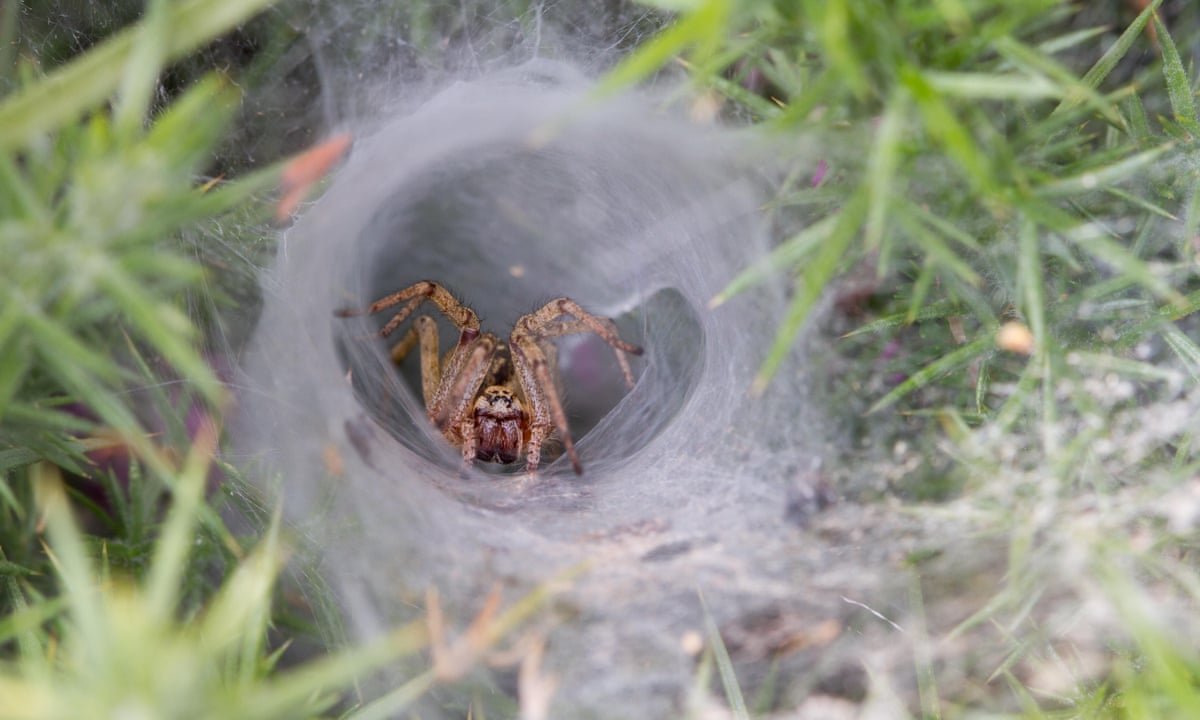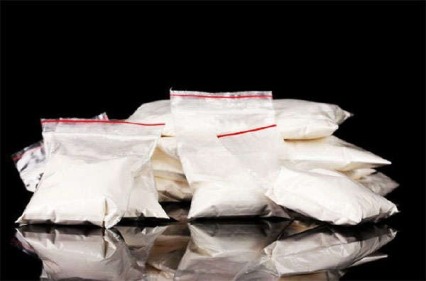When I teach this in person, I like to make an analogy between pacemaker cells, contractile cells, and the autonomic nervous system (ANS). Remember that the ANS is divided into sympathetic (speeds up heart rate) and parasympathetic (slows down heart rate).
Consider how lights can be turned on/off and that some have a dimmer switch:
I would argue that each component: pacemaker, contractile cells and autonomic nervous system match the way this lighting system works. Check your understanding by matching the terms below.
How are contractile and pacemaker cells connected? Select all
How does the heart pump? How does it know when to beat?
 Funnel-web spiders are found in southeast Australia, around Sydney. Others are found in Europe, New Zealand, and Chile. They are not native to the United States, although some people may keep them as exotic pets.
Funnel-web spiders are found in southeast Australia, around Sydney. Others are found in Europe, New Zealand, and Chile. They are not native to the United States, although some people may keep them as exotic pets.